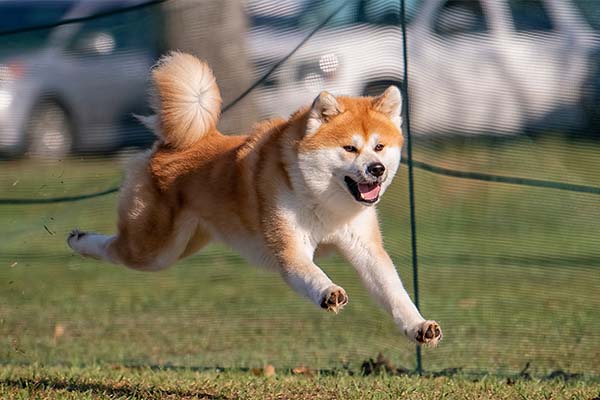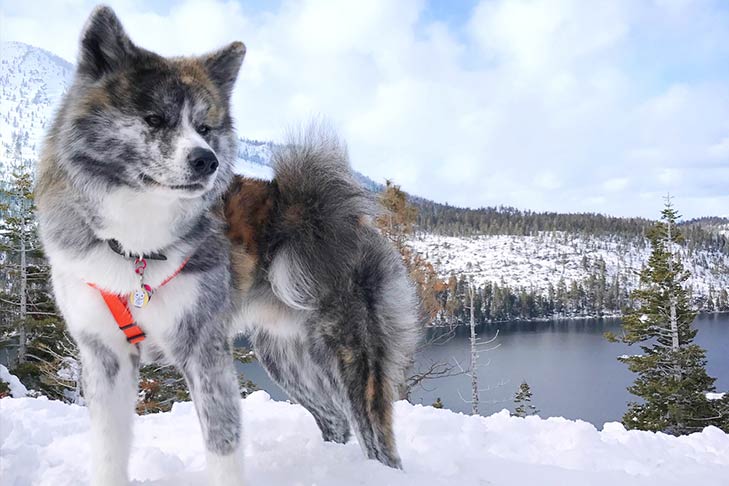Descending from regional hunting dogs, the Japanese Akitainu was initially restored and preserved by dedicated breeders in the Akitainu Hozonkai (Akita Dog Preservation Society; AKIHO). The breed is known for its striking appearance and its physical and mental agility.
Japanese Akitainu
Average sizes and life
expectancy of the breed.
Height
25-27.5 inches (male)
22.5-25 inches (female)
Weight
65-75 pounds (male)
55-65 pounds (female)
Life Expectancy
10-12 years
Breed Traits & Characteristics
About the Breed

Owning a dog is not just a privilege; it’s a responsibility. They depend on us for, at minimum, food and shelter, and deserve much more. When you take a dog into your life, you need to understand the commitment that dog ownership entails.
 Health
Health
Recommended Health Tests From the National Breed Club:
- Patella Evaluation
- Thyroid Evaluation
- Teeth
 Grooming
Grooming
 Exercise
Exercise
 Training
Training
 Nutrition
Nutrition
History
The history of the Japanese Akitainu is similar to that of the other five original Japanese breeds still in existence, having gone from being on the verge of extinction to becoming a source of pride for the country. Five main eras of the breed’s history across centuries may be distinguished, some of which overlap:
Hunting: Traditional village hunters known as Matagi created the Matagiinu (Matagi dog), a slightly larger-than-medium-sized dog to hunt huge animals in the hilly terrain of the Thoku region, where Akita Prefecture is located. The Matagiinu is regarded as the present Akitainu’s ancestors.
Due to the local turmoil, noblemen started using their hunting dogs to secure their residences as well. Fighting: From Edo through Meiji and Taisho, some Akitainu were mixed with Mastiffs and other larger western breeds to produce successful fighters in dog battle rings.
Restoration: By the Meiji era, the Japanese agricultural administration had determined that the breed was impure and in need of restoration. The world’s first and most significant Akitainu registry and organization, Akitainu Hozonkai (AKIHO), was founded in the city of date in 1927, launching a determined attempt to recover and conserve the traits of the original native Akita canines. In 1931, the Akitainu was formally recognized as a Tennen Kinen Butsu (Natural Monument) of Japan; unfortunately, WWII halted further restoration attempts. By the end of the war, just 16 Akitainu were thought to still be alive. Some were rumored to have been bred with military German Shepherd Dogs, while a small number of pure specimens were kept in a distant village in Thoku. Japanese Akitainu breeders again began to restore the breed away from the transitional mixed Akita dogs to their native origin.



